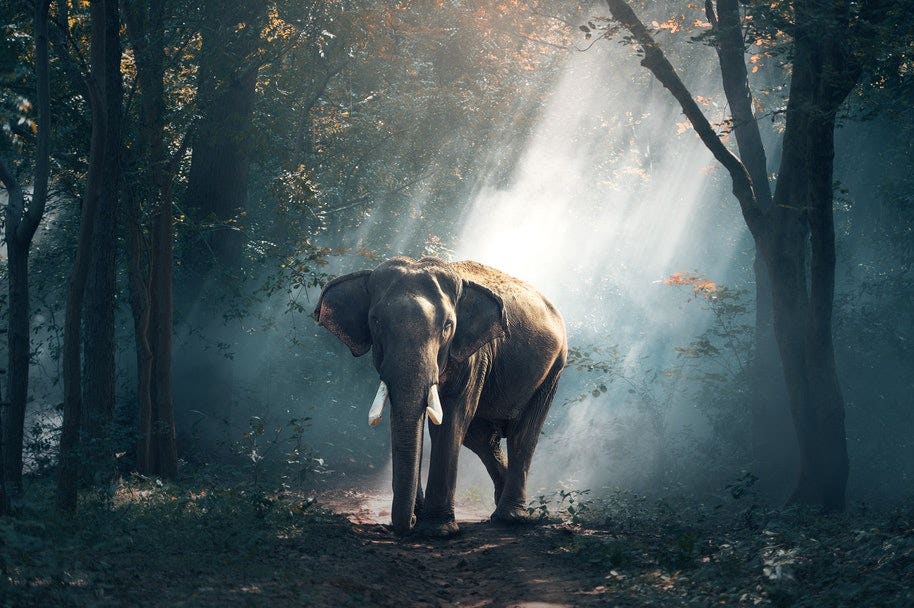
Wildlife photography provides an excellent opportunity for photographers to get out in nature. But the nature of wildlife photography means you need to have dedicated equipment to help you get the job done.
Since your subjects are unpredictable, flighty creatures, you need a quality camera up to the task of snapping with speed, along with an exceptional zoom lens that will allow you to get the shots from a distance.
In this post, we list some of the essential wildlife photography gear every beginner needs. Here’s what we recommend you include in your starter kit.
A quality camera for wildlife shoots
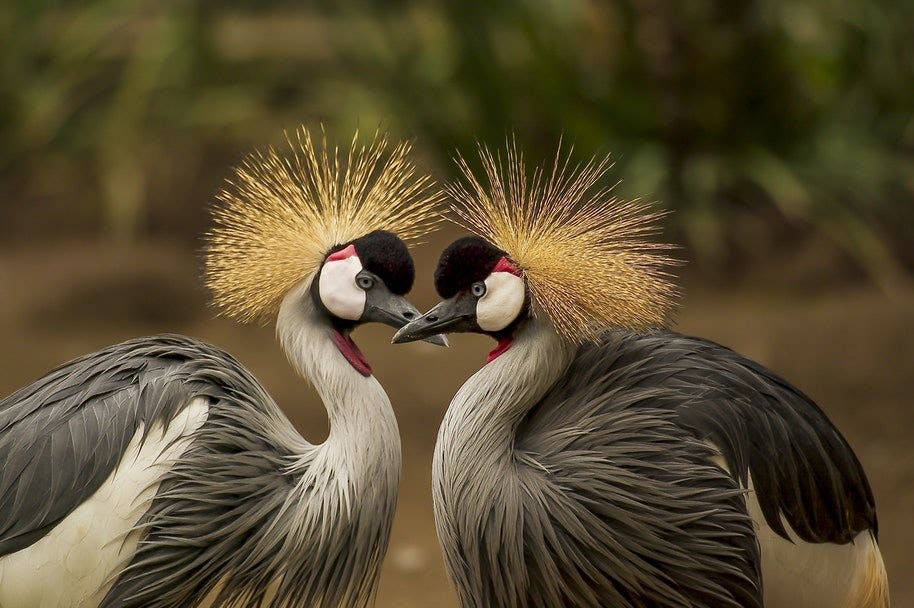
Although mirrorless cameras have made great gains in recent years, most wildlife photographers still prefer DSLRs, since they have a far better selection of long wildlife lenses and the best AF systems to capture animals.
The Canon 5D and the Nikon D500 are commonly considered the best cameras for wildlife photography.
Telephoto lenses to capture from afar
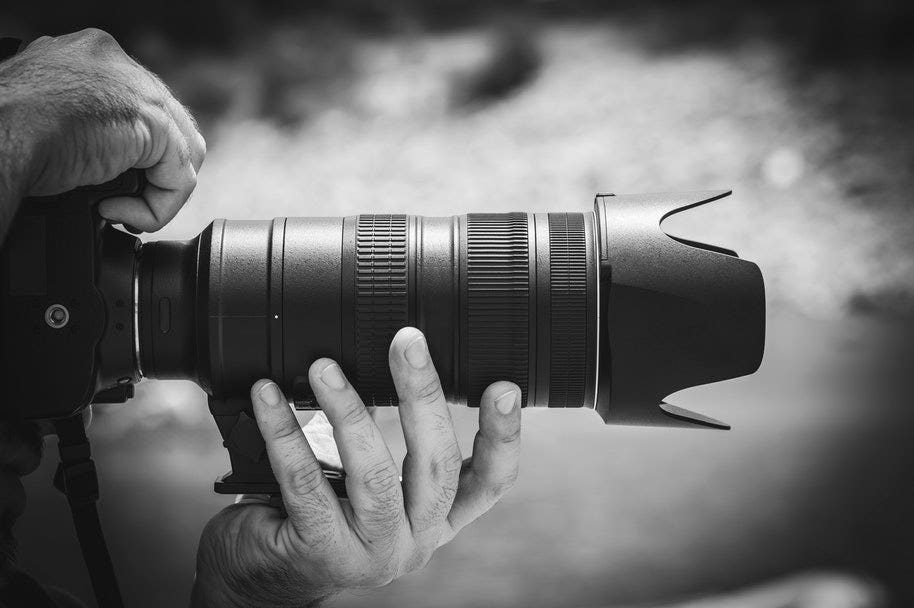
Undoubtedly the most important pieces of equipment for wildlife photographers are the lenses.
To photograph close-ups of animals without spooking them, you need lenses with incredible reach and autofocusing speeds.
The best lenses for wildlife photography are lenses with focal lengths of 300mm at a minimum. Wildlife photographers typically use lenses with focal lengths of 500mm, 600mm, or even 800mm.
If you’re just starting to build your wildlife photography kit bag, you might want to consider a zoom telephoto lens, such as the Canon EF 100-400mm, the Nikon AF-S 200-500mm, the Fuji XF 100-400mm and the Sony FE 100-400mm, and the Tamron SP 150-600mm.
Prime lenses, such as the Canon 600mm f/4 L IS II, are unparalleled in wildlife photography because they enable you to shoot with larger apertures and lower ISO - perfect for low light or late evening shoots. But given their costs, they’re best for professional photographers.
A tripod to hold the camera
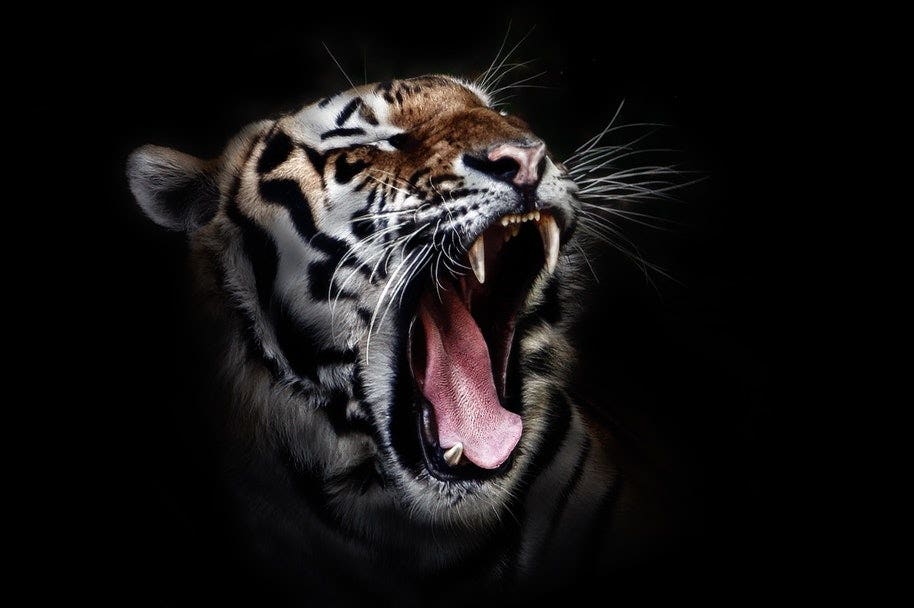
A tripod is an essential piece of equipment in a wildlife photography starter kit since longer lenses magnify camera shake substantially.
Although today’s technology has made image stabilisation in the lenses and camera bodies better than ever before, it’s still worthwhile carrying a tripod.
Since many animals come out at dawn or dusk, you’ll often need slow shutter speeds to boost the light in your shots. This is nearly impossible without a tripod.
It won't just improve your photos. A tripod can even prevent fatigue since you can set everything up and wait (unencumbered) for the animals to show themselves.
Telephoto lenses are frequently heavier than the camera body they’re attached to. That means you’ll need to find a sturdy tripod able to hold heavy equipment - you’ll typically mount your lens (instead of the body) to the tripod head.
Manfrotto Traveler BeFree tripods are an excellent choice since they’re lightweight, strong, and compact.
A rugged camera backpack to hold everything
To get the shot, you often have to delve deep into nature. Wildlife photography frequently involves hiking and camping in the great outdoors to get those dawn and dusk shots.
A camera backpack is really the only option for a wildlife photographer. A backpack keeps your arms free for shooting or rock scrambling, while dedicated padding protects all your valuable equipment. Just be sure you pick a backpack with plenty of space for longer lenses.
The MindShift Gear Rotation 180 Panorama Backpack includes an integrated belt pack that enables you to quickly access your gear. The Lowepro Fastpack BP 250 AW II backpack is another option popular for its side-access camera compartment.
Teleconverter
A teleconverter is an easy way for you to extend your lens’s focal length without having to upgrade to a whole new lens.
Teleconverters typically come between 1.4X and 2X extension. That means a 1.4X converter will extend the focal length of a 300mm lens to 420mm. A 2X converter will double the length.
This is a cheap and efficient way to gain some reach, but there are some setbacks. Teleconverters may make your lens slower and will decrease the maximum aperture of your lens by one stop (if it’s a 1.4X converter) or two stops (for 2X converters).
Binoculars or monoculars
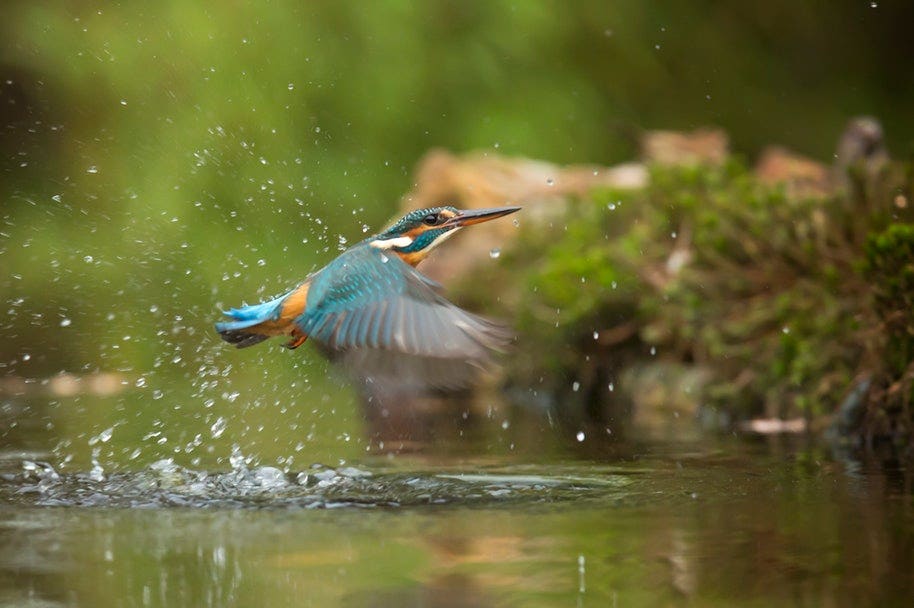
A large component of wildlife photography demands patience, waiting in the wilderness and surveying the landscape for a potential subject.
Rather than waste your camera battery by peering through your viewfinder or straining your eyes, a pair of binoculars or monoculars are essential in your starter kit.
The most popular items are binoculars and monoculars with 8x or 10x magnification. When you’re shopping for these optics, you’ll notice the descriptions display two numbers, such as 10x42. The first number is the device’s magnification while the second displays the size of the objective lens in millimetres.
The larger the lens is, the more light your binoculars or monoculars will receive - and the brighter the view you’ll have. But the device will be heavier.
10x binoculars and monoculars show a much closer view than even super telephoto lenses, but monoculars are popular for wildlife photographers who hike into their destinations because they’re smaller and lighter.
Popular binoculars include the Nikon Monarch 7 8x42 and the Bushnell 10x25 Legend Ultra HD, while popular monoculars include the Nikon High-Grade 7x15 HG monocular.
Spare batteries and memory cards
Finally, we’d be remiss without mentioning the importance of having spare batteries and memory cards available.
Wildlife photography often means your camera is switched on and primed for action for hours at a time. This waiting game can quickly drain the battery, which makes having a spare a wise move.
It’s also important to ensure you have a backup memory card, especially if you shoot in RAW. Just be sure you get the memory card compatible with your camera - and make sure it’s a fast card to keep up with you when you’re shooting at fast frame rates.
Ready to start capturing incredible images worthy of The National Geographic? Bring your camera gear up to speed with these wildlife photography essentials. Shop our camera equipment online at Camera House today!
